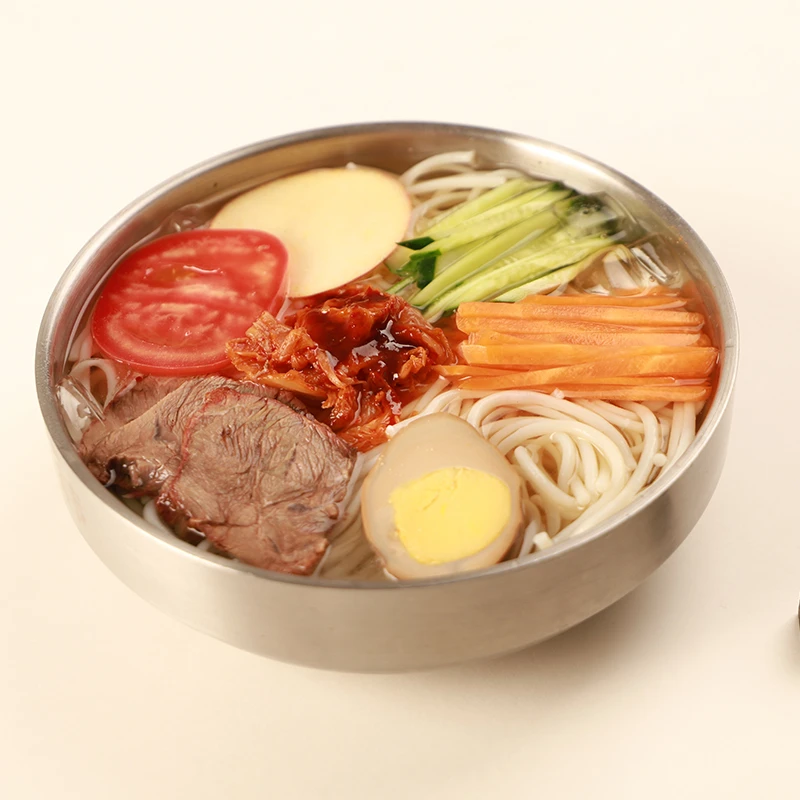udon or soba healthier
Udon or Soba Which Is Healthier?
When it comes to Japanese cuisine, few dishes are as beloved as noodles. Among the most popular varieties are udon and soba, each boasting unique flavors, textures, and nutritional profiles. As health-conscious consumers become increasingly interested in the nutritional benefits of their food choices, the debate over which noodle is healthier intensifies. In this article, we will delve into the characteristics of udon and soba, examining their ingredients, nutritional content, and potential health benefits.
Ingredients and Preparation
Udon is a thick, chewy noodle made from wheat flour, salt, and water. The dough is kneaded and rolled to achieve its signature texture, and then cut into wide strips. Udon noodles are often served in a warm broth, accompanied by a variety of toppings such as scallions, tempura, or tofu.
Soba, on the other hand, is made from buckwheat flour, which gives it a distinct nutty flavor. Buckwheat is often mixed with a small amount of wheat flour to enhance the texture, but 100% buckwheat soba noodles are also available. Soba can be served chilled with a dipping sauce, or in a hot soup, making it a versatile choice for any season.
Nutritional Comparison
When comparing the nutritional profiles of udon and soba, several factors come into play, including calories, carbohydrates, protein, and micronutrients
.- Calories and Carbohydrates Udon noodles are generally higher in calories, primarily because they are made from refined wheat flour. A typical serving of udon may contain around 200-300 calories and 40-50 grams of carbohydrates. Soba, being primarily made of buckwheat, tends to be lower in calories (around 150-250 per serving) and carbohydrates (approximately 30-40 grams). The type of buckwheat used can also affect these values, with 100% buckwheat soba being the healthiest option.
udon or soba healthier

- Protein Soba noodles provide a higher protein content compared to udon, with approximately 6-10 grams of protein per serving, depending on the buckwheat content. This can be significant for those looking to increase their protein intake without consuming animal products. Udon, on the other hand, offers about 7-8 grams of protein, primarily due to the inclusion of wheat.
- Fiber and Micronutrients Buckwheat is a good source of dietary fiber and essential nutrients, including magnesium, manganese, and phosphorus. These nutrients can help promote heart health and improve digestive function. Udon, being primarily refined wheat, is lower in fiber and micronutrients. Some types of udon may be fortified, but they generally do not compare favorably to the fibrous nature of soba.
Health Benefits
Both udon and soba can offer health benefits, but soba stands out in several key areas. The presence of buckwheat in soba makes it a whole grain, which has been linked to numerous health benefits, including reduced risk of heart disease, improved blood sugar control, and better digestive health. Its lower glycemic index is particularly beneficial for those managing diabetes or looking to maintain stable energy levels.
Udon, while still enjoyable, is not as nutrient-dense. However, it can be part of a balanced diet when prepared with plenty of vegetables and lean protein sources. The comforting nature of udon makes it a popular choice during colder months, and when prepared mindfully, it can be a warming and satisfying meal.
Conclusion
In the showdown of udon versus soba, soba emerges as the healthier option, thanks to its higher nutritional profile, particularly when made from 100% buckwheat. It provides a wealth of health benefits and can be included in various dishes, from salads to stews. However, the choice of noodle ultimately depends on personal preference and dietary needs. Incorporating both types of noodles into your meals can provide variety and balance, allowing you to enjoy the best of both worlds in the delicious realm of Japanese noodles.
Whether you prefer the chewy texture of udon or the nutty flavor of soba, making a conscious choice can help you align your meals with your health goals while enjoying the rich flavors of Japanese cuisine.
-
Unleash Your Inner Chef with Delectable Italian Pasta CreationsNewsAug.01,2025
-
Savor Health and Flavor: Irresistible Soba Noodles for Sale Await!NewsAug.01,2025
-
Nourish Your Body with Premium Organic Ramen - A Culinary Delight AwaitsNewsAug.01,2025
-
Elevate Your Dishes with Our Exquisite Kinds of Egg NoodlesNewsAug.01,2025
-
Dive into Flavorful Convenience with Our Ramen OfferingsNewsAug.01,2025
-
Discover Exquisite Types of Naengmyeon and Chilled Soba NoodlesNewsAug.01,2025
-
Is Whole Wheat Pasta Healthy?NewsMay.30,2025
Browse qua the following product new the we

















































































































